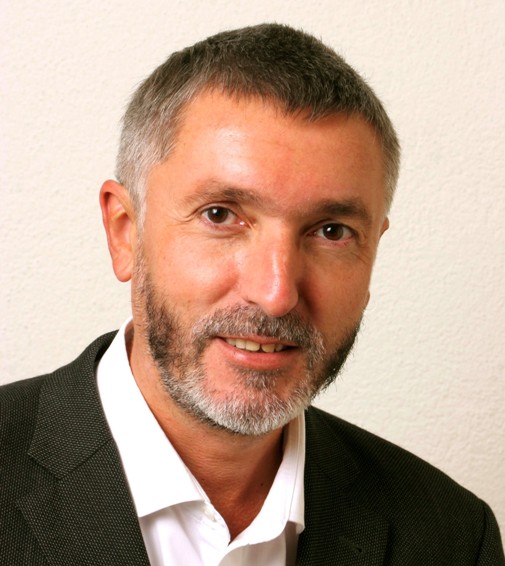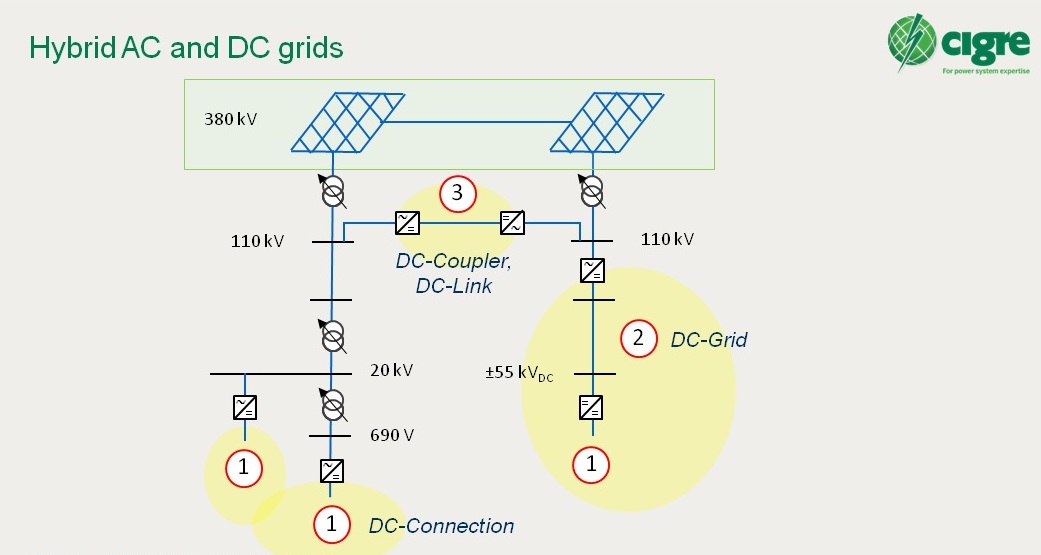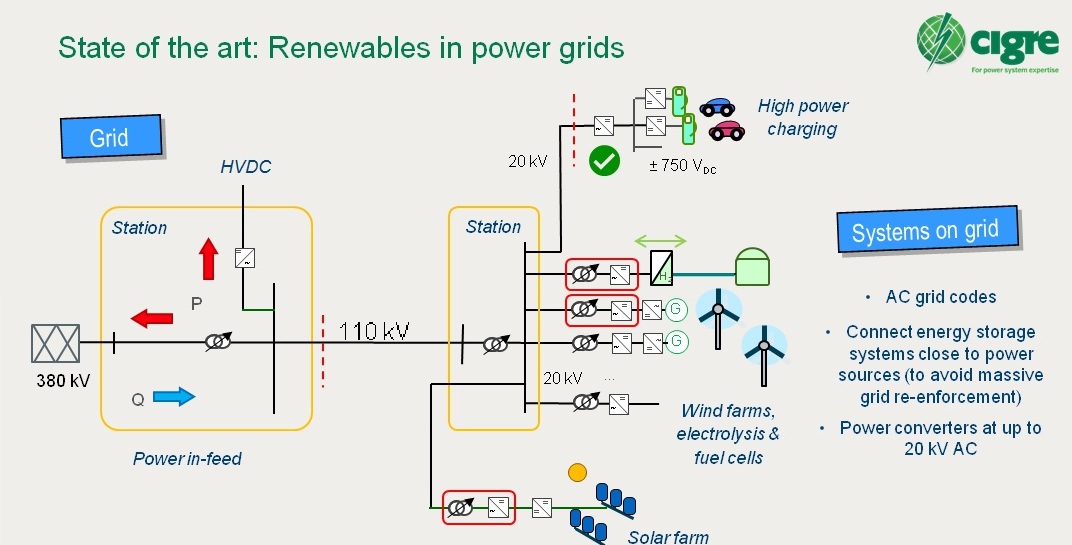 The grid of the future will be dominated by DC-based power sources like solar and wind, as well as battery-based consumption avenues like electric vehicles. Switching from AC to DC at multiple stages is bound to bring inefficiency to the grid. In this context, Germany-based Maschinenfabrik Reinhausen GmbH (popularly known as MR or Reinhausen), is working towards a medium-voltage DC grid, thanks to its innovative solutions like GRIDCON DCT – a direct current transformer. In this exclusive interaction, Dr Stephan Rupp, Grid Expert, Reinhausen, takes us through the intricacies of DC grids and Reinhausen’s pioneering work in this domain. An interview by Venugopal Pillai.
The grid of the future will be dominated by DC-based power sources like solar and wind, as well as battery-based consumption avenues like electric vehicles. Switching from AC to DC at multiple stages is bound to bring inefficiency to the grid. In this context, Germany-based Maschinenfabrik Reinhausen GmbH (popularly known as MR or Reinhausen), is working towards a medium-voltage DC grid, thanks to its innovative solutions like GRIDCON DCT – a direct current transformer. In this exclusive interaction, Dr Stephan Rupp, Grid Expert, Reinhausen, takes us through the intricacies of DC grids and Reinhausen’s pioneering work in this domain. An interview by Venugopal Pillai.
Let us start with a basic question. Even when we speak of power grid based on conventional energy, what has been the primary or traditional reason for using AC?
Transformers. The key to power transmission is to transform low voltages to high voltages. At the same time, this reduces the current. It is amazing, that a bundle of thin wires in a transmission grid can carry 1 GW of power, which represents the power of a large power plant.
All the same why is there rapid emergence of DC technology, manifested in HVDC transmission?
Cables. Cables are no good for AC-transmission at high voltages. For offshore installations, a wire connection is out of discussion. Onshore, transmission lines poles fail to contribute to the beauty of nature. For cable systems over distances beyond 100 km, DC is the better solution, hence HVDC.
Renewable energy plants – mainly wind and solar –inject DC in the grid. In general, what challenges does this pose?
The physical nature of most renewable energy sources like photovoltaic (PV), wind, battery storages, hydrolysis, fuel cells and charging stations is DC. Wherever such systems need to be interconnected, DC grids are the shortest way, also in economic terms. At some point, the need to connect to the AC grid over power converters arises. The latter is state of the art, such as used in HVDC. Challenges arise in DC grids, which need the same level of standardization as AC grids.
Reinhausen, as we understand, is promoting the cause of DC grids at medium voltage levels. What is the basic rationale behind this?
Cables and interconnection of DC systems. Wind parks, large solar plants, energy storage systems, hydrolysis and fuel cells represent DC systems. The most economical way to interconnect them is over DC grids. Regulation prefers cables over transmission wires at high voltage (such as 110kV) to interconnect the systems and to connect them to the AC transmission grid (at 400 kV).
A technical and economic analysis shows that DC is the preferable solution. The concept under investigation by Reinhausen just uses one voltage level of 60kV DC instead 110kV AC and 20kV AC. A technical investigation reveals that 20kV AC cables may be used at 60kV DC, which simplifies installations and reduces costs. Also, DC grids do not need circuit breakers, which drive costs in AC. This way, the power stations to connect windmills become much simpler, which eases the rollout of more wind power onshore and offshore.
Returning briefly to HVDC transmission, tell us how on-load tap changers by Reinhausen can improve system efficiency.
HVDC systems need to connect to the AC grid using AC transformers. On-load tap changers enable the transformers to adjust their voltage level according to demand. This way, they adjust the power flow in AC grids.

Reinhausen, as we appreciate, has developed “GRIDCON DCT” to enable DC grids. Tell us more.
DC grids using more than one voltage level will need DC transformers in much the same way than AC grids with multiple voltage levels need AC transformers. Transformers are a familiar topic for MR. Gridcon DCT is a DC transformer to be used in low voltage grids, e.g. to transform 1,500V DC into lower DC voltages. Like an AC transformer, it galvanically insulates the DC grids, which represents a significant feature for the safety of DC grids.
Please summarize Reinhausen’s work so far in the field of medium-voltage DC grids. Has there been any commercial deployment so far?
Should DC grids replace AC grids at medium voltage level, Reinhausen aims to keep contributing to power transformation. Currently Reinhausen is able to power AC microgrids by grid forming converters, which use battery storage systems as power source. This way the combination of PV and storage represents an alternative to diesel generators. In research projects, Reinhausen develops power converters for medium voltage AC (up to 20kV). Such converters represent MVAC/LVDC transformers. They drive DC grids to directly connect PV, batteries and fast car charging stations. The Gridcon DCT fits at low voltage DC. Medium voltage power converters are modular systems, so the same technology may be used as DC/DC transformers at medium voltage levels up to 60 kV.

How do you see the way forward for medium-voltage DC grids? Do you expect European countries, especially Germany that has ambitious clean energy goals, to lead the way?
We perceive the transition to clean energy as a global initiative with drivers in Asia, Europe and America. Reinhausen participates in international working groups and standardization on MVDC, such as the CIGRE, CIRED and IEC. Any successful new concept will find acceptance all over the place.
India also is promoting renewable energy, mainly solar, in a very big way. This is also matched by widespread adoption of e-mobility. How do you gauge the prospects for medium-voltage DC grids in India?
Road traffic represents a dominant source of carbon emissions, so e-mobility represents a key factor in the transition to a cleaner environment. The most economic way to generate electric power today is solar power. Both represent DC systems. We perceive DC grids at low voltages (up to 1500V, respectively ±750V) to be the most economic way to interconnect DC systems, including battery storage.
MVDC grids are expected to interconnect DC systems at higher power, such as large solar plants, wind farms, hydrolysis and fuel cells. The climate change being a global crisis, we expect initiatives in any place to find followers worldwide. Reinhausen is active in India, for instance in developing and producing new power composites.


